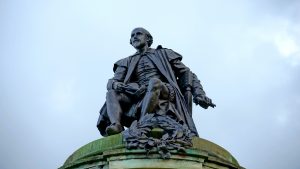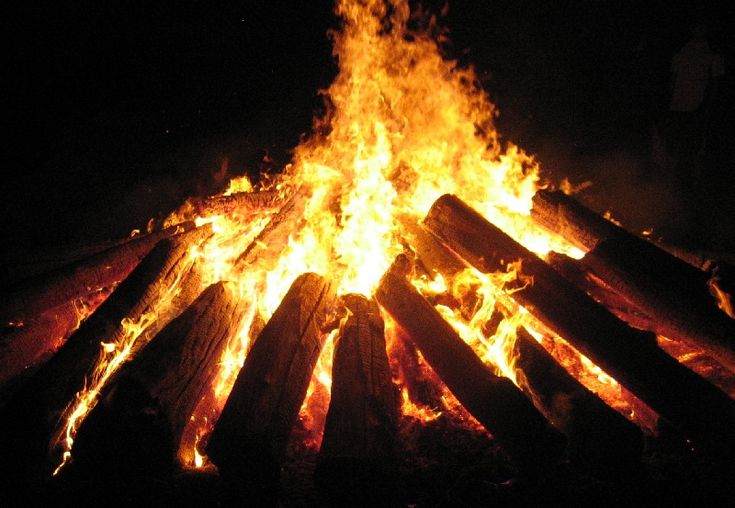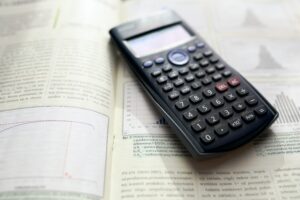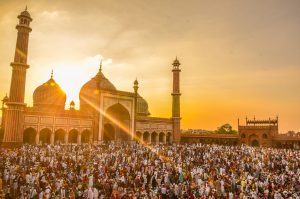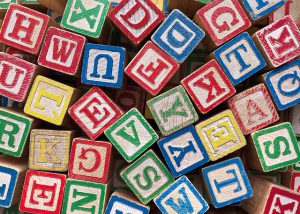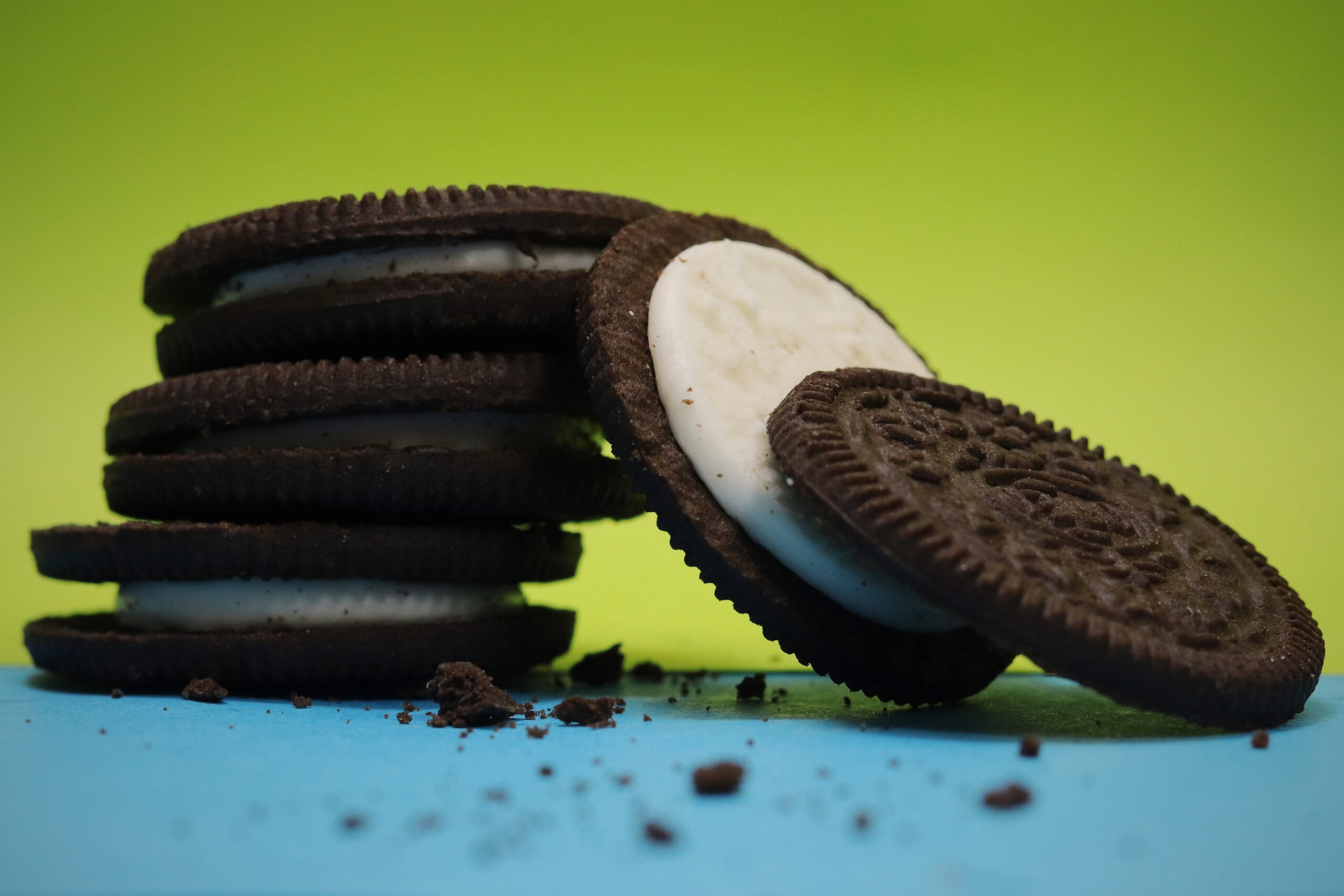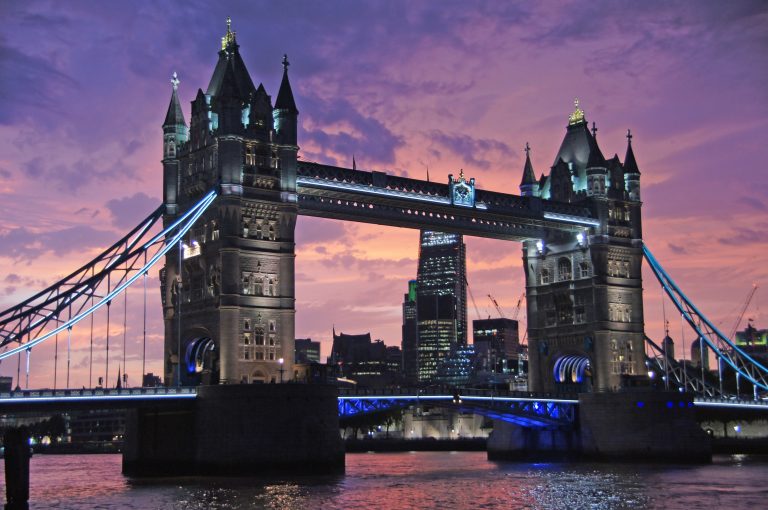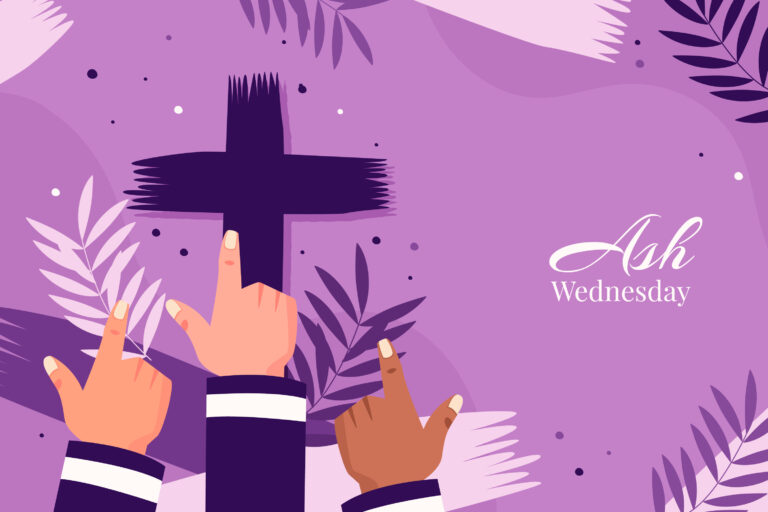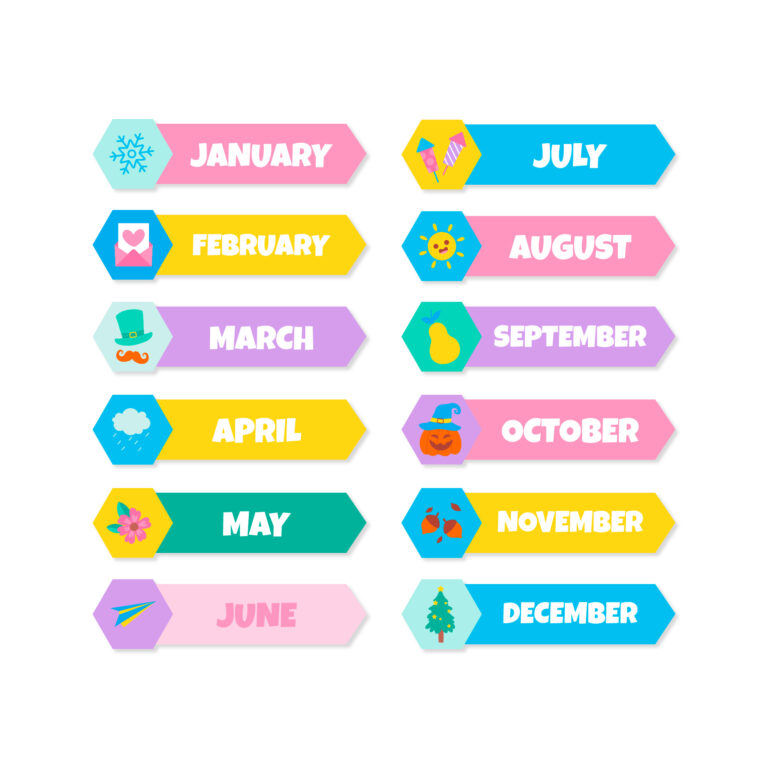This Jewish holiday is celebrated on the 18th month of the Jewish Iyar, commemorating the life and works of Rabbi Shimon bar Yochai, a Mishnaic sage during the 1st and 2nd century. Some Jews may also remember the Bar Kokhba revolt on this day. It also takes place during the Counting of the Omer, which counts down the days between Passover and Shavuot.
Traditions
The most significant tradition of Lag B’Omer is lighting bonfires. Some hold torches, feast, and sing. The fire symbolizes the spiritual light within each person. Some who do not light bonfires may light candles instead. Other theories for the bonfires include the belief that the Rabbi instructed his students to do so. Another is that the fire is symbolic of his teachings. The largest bonfire celebration takes place at Meron, the site of Rabbi Shimon bar Yochai’s tomb. At this celebration, observers from all over donate drinks such as soda or wine, which are passed out to the crowds, a practice called Chai Rotel. It is believed to promote fertility. Within the context of the commemoration of the Bar Kokhba revolt, the rebels communicated with bonfires on mountaintops and the Romans’ forbiddance of Jewish use of ceremonial fire.
Boys three years of age traditionally get their first haircut at these celebrations. The holiday is primarily youth focused. One tradition is for children to play with bows and arrows. Many weddings are held on this day. The feast includes a tish, a gathering that features a meal, singing, speeches. Observers will commonly eat bread, meat, fish, poultry, beans, and fruit. At these gatherings with larger numbers, with some in the thousands, refreshments are served. Some communities celebrate with parades and rallies as well. Jewish youth enjoy playing sports outside on this day.
The Counting of Omer is considered a solemn period, but mourning restrictions are set aside on this day, which is considered more joyous. Kabbalistic custom attributes spiritual manifestation to the holiday. The holiday also serves as a celebration of Israel’s fighting spirit, tied to the Jewish-Roman revolts. Most schools and offices are closed.
Holiday Background
The commandment for the holiday is found in Leviticus 23: 15-6, which says that the amount of time between Passover and Shavuot is seven total weeks. However, the day in particular is significant for several reasons:
- The Talmud recorded that 24,000 students of Rabbi Akiva died around this time of year. It is believed that the deaths occurred as a plague sent as a punishment for disrespect. The plague could have actually been deaths as a result of the revolt against the Romans.
- One of Rabbi Akiva’s surviving students was Rabbi Shimon bar Yochai, the most famous Jewish teacher of the time period. He was an innovator of Jewish mysticism and on the day of his death, miraculously postponed the sundown in order to reveal secrets of the Kabbalah.
- Some believe that the rabbi himself instituted the celebration
- Association with a pagan festival that took place during the time period
- To commemorate the Bar Kokhba revolt, the last rebellion during the conflict with the Romans during the Jewish-Roman war, which ended around 136 AD. At the revolts end, some parts of Israel established sovereignty, but these were taken back by the Romans a few years later. The Jews were then banned from Jerusalem. The revolt was led by Simon bar Kokhba, thought of by some as a messiah.
About Simeon bar Yochai
Not much is known about the rabbi’s early life, but he became active as a sage around 70 AD. It is generally believed that the rabbi wrote the Zohar, the most significant work of Kabbalah. He was an acclaimed Kabbalist, along with his son, who is buried alongside him in his tomb.
The Talmud states that after the rabbi publicly critiqued the Roman government, he fled and went into hiding in a cave with his son for thirteen years. They received nourishment from a carob tree that sprouted nearby that gushed water. While in hiding, the pair remained unclothed most of the time in order to preserve their clothing for when they came out of hiding. They spent the majority of their time reading the Torah and would dig holes in the sand and bury themselves up to their necks. The father-son duo came out of hiding once a divine voice told them that the Emperor who had banished them was dead, voiding his decree.
There are several legends accredited to the rabbi. One is that he exorcised a demon from the emperor’s daughter. Another took place on the day of his death when he sustained sunlight in order to divulge important divine secrets.
